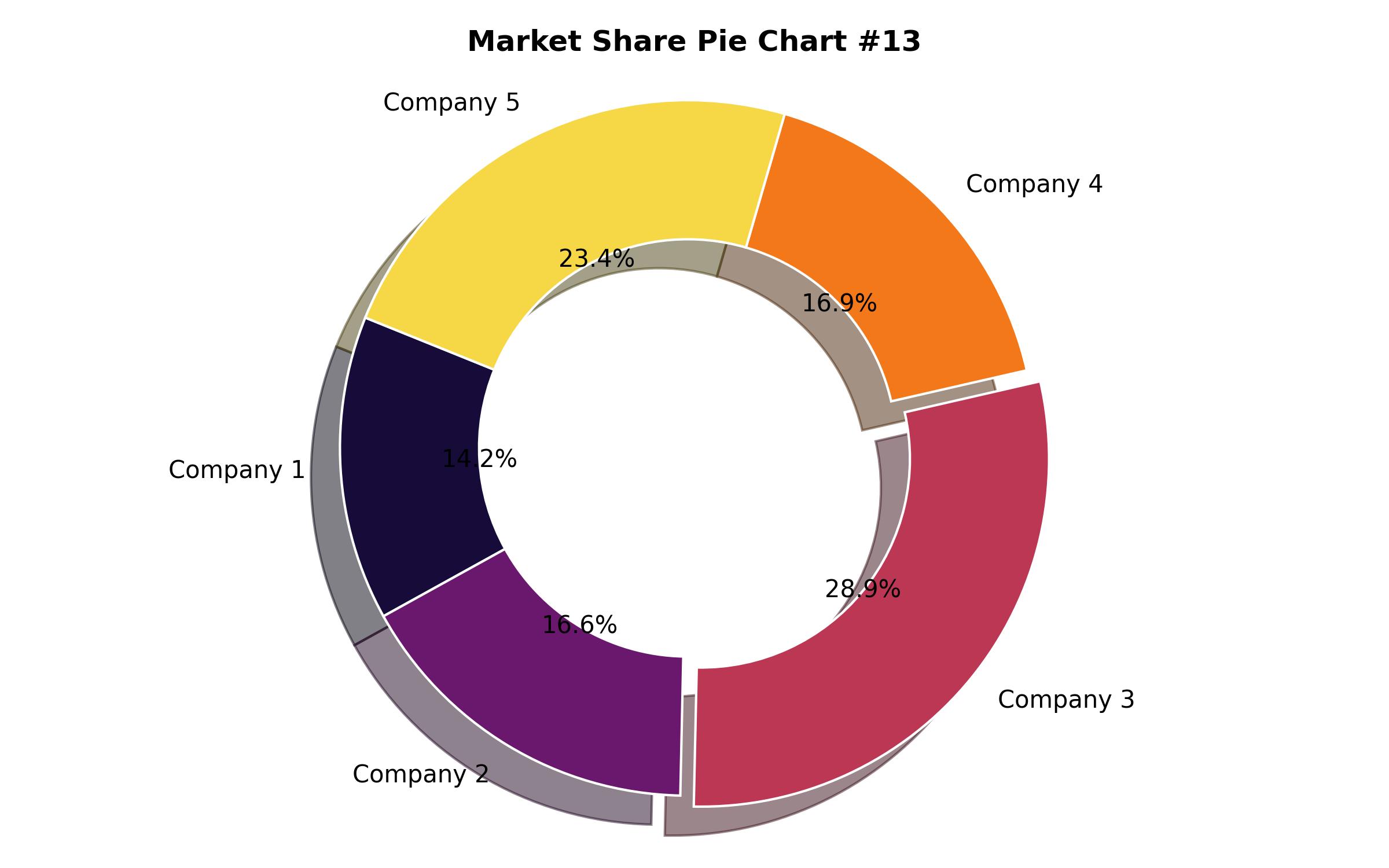Decentralized Inverter Industry: Analysis by Type, Phase, Use Case, Power Rating, Topology, and Region Through 2035
Overview:
The global decentralized inverter market is poised for substantial expansion in the coming years. The market is projected to reach USD 31.9 billion in 2025, driven by increasing demand for efficient and reliable power conversion technologies. With a compound annual growth rate (CAGR) of 12.5% from 2025 to 2035, the market is expected to attain a value of USD 99.2 billion by 2035. This growth is attributed to the rising adoption of renewable energy sources and the need for advanced inverter solutions.
Key factors propelling market growth include the ongoing integration of artificial intelligence (AI) and Internet of Things (IoT) technologies, which enable smarter inverters capable of real-time monitoring and optimization. These advancements are crucial for enhancing the performance and longevity of decentralized power systems. The increasing deployment of solar photovoltaic (PV) systems across residential, commercial, and utility-scale applications is also a major driver.
Regionally, the market exhibits strong demand across North America, Europe, Asia Pacific, Latin America, and the Middle East and Africa (MEA). Countries such as the U.S., China, India, and Germany are at the forefront of market growth, driven by supportive government policies and increasing investments in renewable energy infrastructure.
Product innovations, including microinverters and string inverters, are catering to diverse application needs, further fueling market expansion. The competitive landscape is characterized by key players such as Huawei Technologies Co., Ltd., Sungrow Power Supply Co., Ltd., and SolarEdge Technologies, Inc., who are focused on developing advanced and efficient inverter solutions.
Moreover, the shift towards decentralized power generation and the growing emphasis on energy efficiency are expected to sustain market growth in the long term. The market’s future trajectory will be shaped by continued technological advancements, supportive regulatory frameworks, and increasing awareness of the benefits of decentralized inverter systems.
Investments in grid modernization and the integration of energy storage systems further complement the demand for decentralized inverters, ensuring stable and reliable power supply. These trends collectively contribute to the optimistic outlook for the decentralized inverter market through 2035.

Year On Year Growth Chart
“`html
| Report Attribute | Details |
|---|---|
| Market Size in 2025 | USD 31.9 billion |
| Revenue Forecast for 2035 | USD 99.2 billion |
| Growth Rate (CAGR) | 12.5% from 2025 to 2035 |
| Base Year for Estimation | 2024 |
| Historical Data | 2018 – 2023 |
| Forecast Period | 2025 – 2035 |
| Quantitative Units | Revenue in USD million/billion and CAGR from 2025 to 2035 |
| Report Coverage | Revenue forecast, company market share, competitive landscape, growth factors, and trends |
| Covered Segments | Product, phase, application, nominal output, connection, and region |
| Regional Scope | North America, Europe, Asia Pacific, Latin America, MEA |
| Country Scope | U.S., Canada, Mexico, U.K., Germany, Italy, Poland, China, India, Japan, Australia, South Korea, Brazil, UAE, KSA, South Africa |
| Key Companies Analyzed | Huawei Technologies Co., Sungrow Power Supply Co., Ltd., SolarEdge Technologies, Inc., SMA Solar Technology AG, Power Electronics, FIMER, TMEIC, Ginlong Technologies |
| Customization Options | Free report customization (up to 8 analysts working days) with purchase. Changes to country, regional, and segment scope |
| Pricing and Purchase Options | Customizable purchase options for tailored research needs |
“`

Key Companies Market Share
Report Coverage & Deliverables
- Market Trends And Dynamics
- Competitve Benchmarking
- Historical data and forecasts
- Value/Volume analysis
- Company revenue shares and key strategies
- Regional opportunities
This is an indicative segmentation. Please request a sample report to see detail segmentation of this market.
Detailed Market Segmentation
- By Product
- String Inverters
- Central Inverters
- Microinverters
- By Phase
- Single-Phase
- Three-Phase
- By Application
- Residential
- Commercial
- Utility-Scale
- By Nominal Output
- Up to 50 kW
- 51 kW to 250 kW
- Above 250 kW
- By Connection
- Grid-Tied
- Off-Grid
- By Region
- North America (U.S., Canada, Mexico)
- Europe (U.K., Germany, France, Italy, Poland)
- Asia-Pacific (China, India, Japan, Australia, South Korea)
- Latin America (Brazil, Argentina)
- Middle East & Africa (UAE, Saudi Arabia, South Africa)
Table of Content
- Executive Summary
- Market Dynamics
- Key Market Drivers
- Decentralized Inverter Market: Regulations
- Market Trends and Opportunities
- Global Economic Outlook
- Decentralized Inverter Market Analysis, by Product
- String Inverters
- Central Inverters
- Microinverters
- Decentralized Inverter Market Analysis, by Phase
- Single-Phase
- Three-Phase
- Decentralized Inverter Market Analysis, by Application
- Residential
- Commercial
- Utility-Scale
- Decentralized Inverter Market Analysis, by Nominal Output
- Up to 50 kW
- 51 kW to 250 kW
- Above 250 kW
- Decentralized Inverter Market Analysis, by Connection
- Grid-Tied
- Off-Grid
- Decentralized Inverter Market Analysis, by Region
- North America
- Europe
- Asia Pacific
- Latin America
- Middle East & Africa
- Competitive Landscape
- Major Company Profiles
- Strategic Outlook
- Market Forecast: 2025-2035
- Research Methodology
- Appendix
